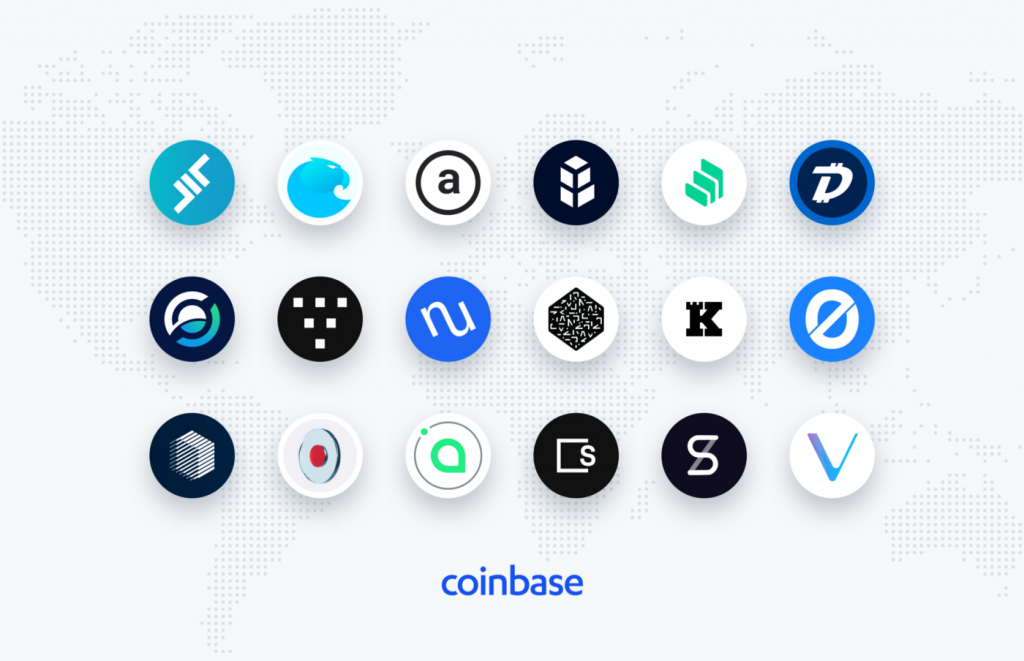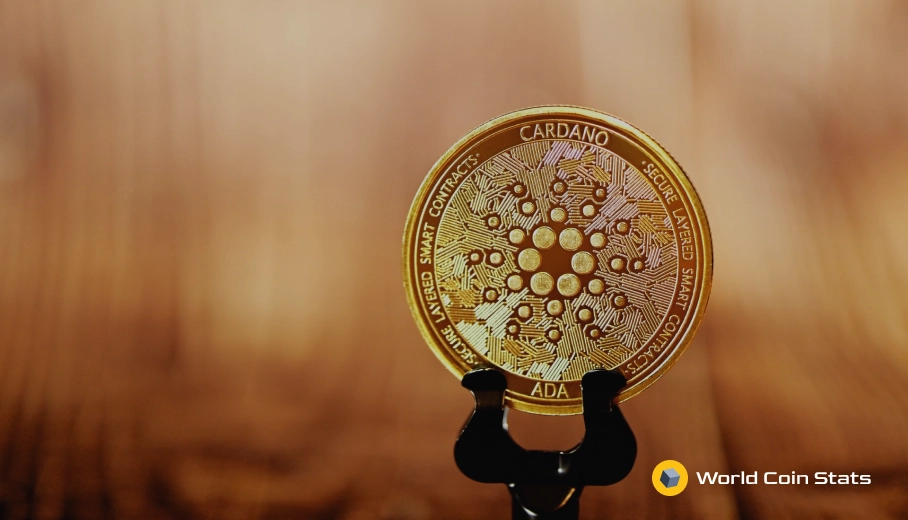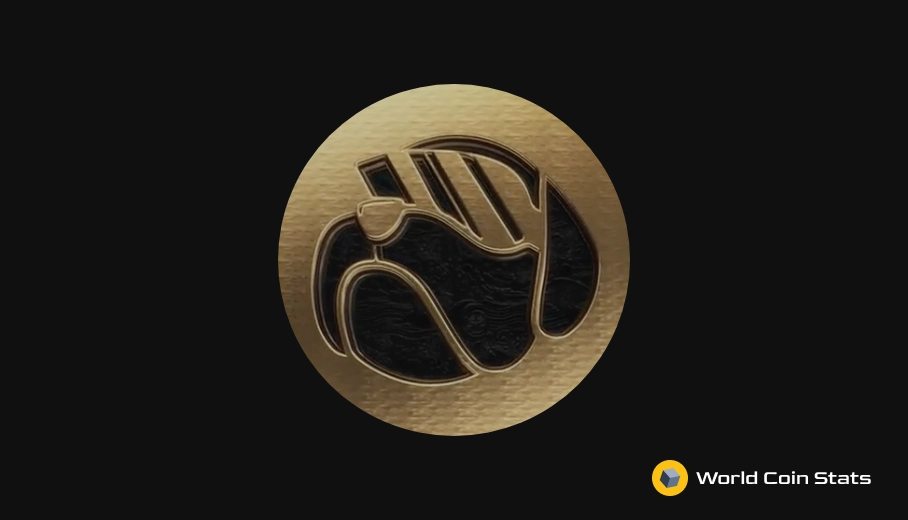DeFi Crypto List
DeFi has a large amount of tokens within the cryptocurrency framework. Most of these tokens are built on the Ethereum platform and are called dApps.
Anyway, this list will cover the top DeFi tokens available on the market. There are too many to list in one article, so this list will focus on the most popular tokens.
Contents
DeFi Crypto Token List
Here are some popular DeFi tokens. Most, but not all, of these tokens are native tokens for a cryptocurrency exchange.
Chainlink – LINK
When someone thinks of DeFi, the first token that comes to mind is LINK. LINK is the token for the Chainlink platform.
Chainlink is a platform that provides all data to smart contracts without a centralized power.
That’s right, it’s a decentralized method to provide data to smart contracts.
It’s the first platform to figure out that problem, which is huge.
As for the token, the token is used to power the protocol. And has seen a dramatic increase in price over the past year.
LINK is also in the top 10 largest cryptocurrencies by market cap with a total market cap of approximately $4 billion.
It dwarves all the other DeFi tokens by a large margin. In fact, LINK is the primary reason that DeFi has become so large in the first place.
Maker – MKR
Maker is the most popular lending lending platform in the DeFi ecosystem. Most of the total value in DeFi lending is within the Maker platform.
Anyway, Maker has a token called MKR. This token is used for voting purposes on the protocol. The token is burned from service fees charged on outstanding loans.
The most important cryptocurrency on MKR is DAI, which is a stablecoin pegged to the USD at a 1DAI/$1USD ratio.
Aave – LEND
Aave is another platform for lending. The native token for Aave is LEND, which gains value from fees paid to Aave on loans.
LEND is not currently used for voting, but that will change when more of LEND is burned off. The current plan is to burn LEND and switch it to a token used for voting decisions.
Balancer – BAL
Balancer is a dApp that is not a lending platform. Instead, it’s a platform used to automatically manage assets and the liquidity of other cryptocurrency.
The token for Balancer is BAL. BAL is used for governance. If you own BAL, then you are allowed to vote on decisions such as fees for the protocol, assets, and methods used to collect fees.
Curve – CRV
Curve is a dApp that is used to aggregate liquidity of a portfolio of stablecoins. The token for Curve is CRV, which does allow staking of the token via the Curve DAO. CRV can also be used for voting decisions instead of staking.
At the moment, CRV is not burned. However, there are plans in the future for the Curve DAO to use fees collected from the protocol to burn CRV.
Bancor – BNT
Bancor is a standard decentralized exchange (DEX). The token native to the exchange is BNT. Holders of BNT receive a distribution of the trading fees collected on the exchange, which is how BNT has value.
Staking BNT is currently unavailable. However, that will change when the BancorDAO is released in 2021 during the V2 upgrade of Bancor.
Akropolis – ADEL
Akropolis is a governance token that gets yield from Delphi (ADEL). The difference with Akropolis is that the only way to gain yield with ADEL is to liquidity mine with the token for the protocol AKRO.
Stablecoins and other cryptocurrencies can also be used to add yield to Delphi (ADEL).
mStable – MTA
mStable is another liquidity aggregator. However, mStable is used to aggregate stablecoins from the same project. Those coins are called mASSETS and have the lowercase “m” prefix.
Anyway, the token that governs mStable is MTA. The token can be used for voting or it can be staked to collect a percentage of the fees that the protocol generates.
Token Flavors

Not all DeFi tokens are specific to certain protocols. An alternative exists called token flavors. These are tokens that are rewarded to a depositor when they place a deposit of any asset (usually a stablecoin) to a protocol on DeFi.
Some token flavors include the following:
cTokens
cTokens are simply ERC-20 tokens that correlate to a loan issued on Compound Finance. The interesting part about cTokens is that they actually accrue interest from the interest rate in the total supply of Compound Finance.
This means that the token becomes increasingly valuable because you can use it to exchange an increasingly valuable amount of the underlying cryptocurrency.
TokenSets
This token is purchased by purchasing one ERC-20 token and then setting up a trading strategy that is fully automated. You then have various cryptocurrencies underneath the token to give it value.
wBTC
wBTC is a framework that allows the user to wrap Bitcoin in Ethereum. Custodians and Managers of wBTC will then manage the assets of wBTC.
tBTC
tBTC is a completely decentralized system and trust-free framework meant to wrap Bitcoin on Ethereum. This works by allowing users access to a wallet where they can deposit bitcoin. The managers of the wallet are then forced to lock Ethereum in a wallet by a smart contract.
The smart contract will then issue the bitcoin depositor tBTC in a 1:1 ratio with Ethereum.
In other words, this is a decentralized stablecoin that does not rely on trust. There is no need to worry about audits by a third party.
Final Words
That covers it for our list of DeFi tokens. It’s a little more complicated than the ICO craze because DeFi is offering a complete alternative to traditional finance.
The alternative, however, is what makes DeFi such a market disruptor. DeFi is attempting to completely disrupt the world of finance, and every facet of finance has a DeFi counterpart.
Our prediction is that some of the tokens and platforms listed will one day exceed the value of Bitcoin. You should pay particular attention to Chainlink (LINK).




